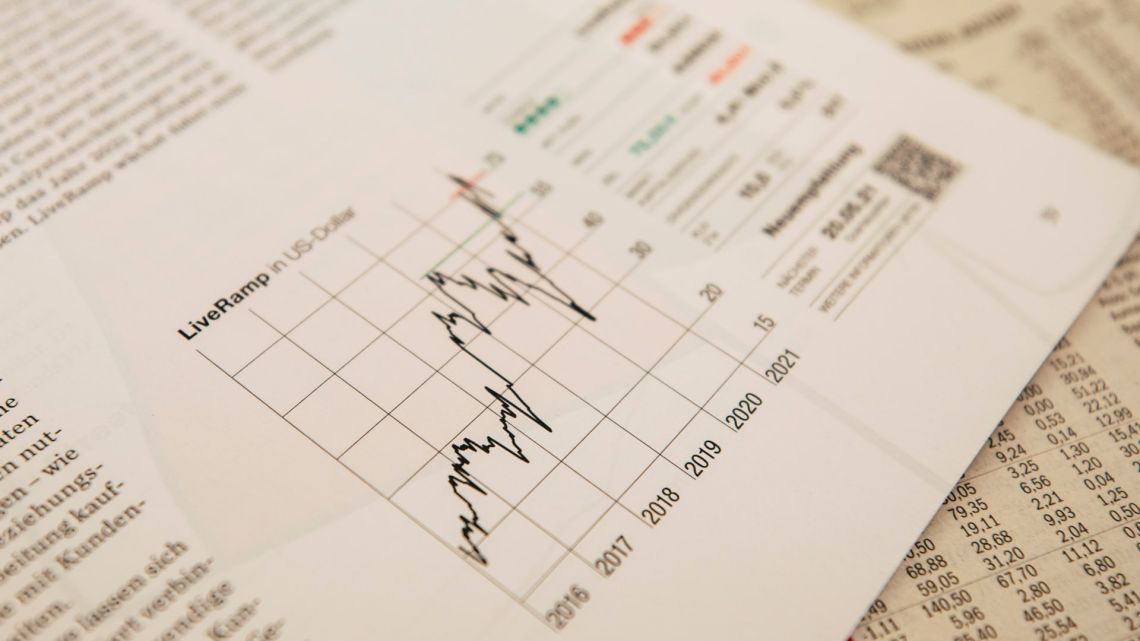
Treasury prices experienced an early rise on Wednesday as buyers were attracted to bonds due to yields reaching 16-year highs.
Yield Movement
- The yield on the 2-year Treasury (BX:TMUBMUSD02Y) decreased by 1.5 basis points to 5.059%. (Yields move in the opposite direction to prices)
- The yield on the 10-year Treasury (BX:TMUBMUSD10Y) retreated 4.4 basis points to 4.496%.
- The yield on the 30-year Treasury (BX:TMUBMUSD30Y) fell 4.2 basis points to 4.636%.
Market Drivers
The 10-year Treasury yield rose to a fresh 16-year high of 4.56% on Tuesday amid concerns over increased supply, recent data indicating a strong US economy, and hawkish comments from Federal Reserve officials.
However, buyers emerged on Wednesday and caused benchmark yields to pull back to approximately 4.50%. The next significant test for Treasuries will be the release of the PCE index data, which is the Fed's preferred inflation gauge, scheduled for Friday.
For now, the market is pricing in an 81% probability that the Fed will not make any changes to interest rates at its next meeting on November 1. The current range is set at 5.25% to 5.50%, according to the CME FedWatch tool.
The likelihood of a 25 basis point rate hike to a range of 5.50% to 5.75% at the subsequent meeting in December is priced at 32%.
The Outlook for the Fed's Interest Rate
According to 30-day Fed Funds futures, it is not anticipated that the central bank will lower its Fed funds rate target to around 5% until September 2024.
Economic Updates and Treasury Auction
On Wednesday, the U.S. economic updates will include the release of August durable goods orders at 8:30 a.m. Eastern. Additionally, the Treasury is set to auction $49 billion of 5-year notes.
Expert Insights
John Lynch, the chief investment officer at Comerica Wealth Management, suggests that while the Fed may be nearing the end of rate hikes, it could implement more subtle measures to limit credit expansion.
These measures could include higher real rates and quantitative tightening through balance sheet reduction. Furthermore, increased issuance of Treasury securities may drive up market interest rates due to escalating demand for higher yields among global investors.
Lynch believes that these trends may enable Fed Chair Powell to avoid raising rates during the upcoming election year, thereby potentially shielding the central bank from political interference.
Nevertheless, he expects that tight monetary policy will persist as the economy grapples with challenges such as rising oil prices, slowing growth, and the resumption of student debt payments.













Write Your Comment